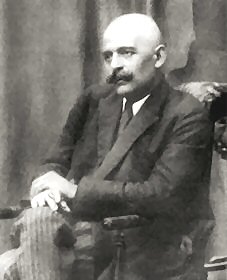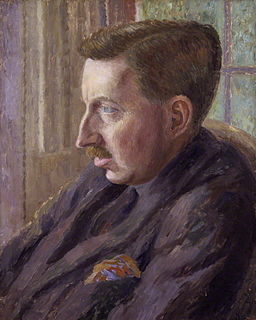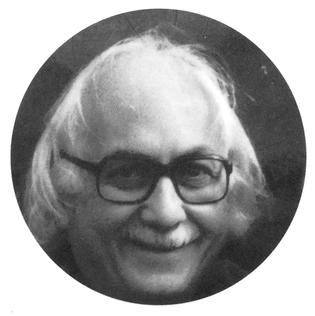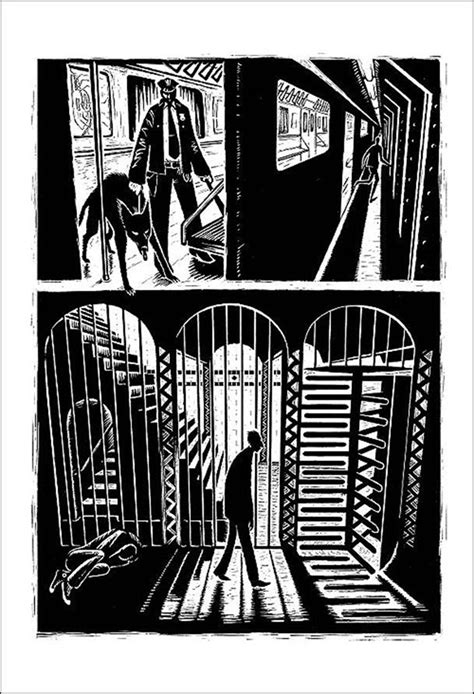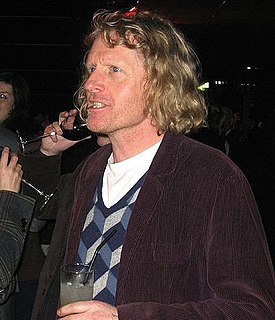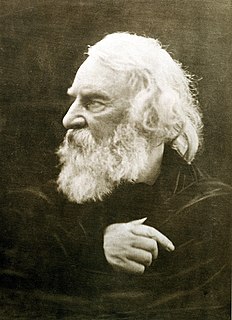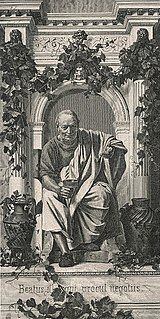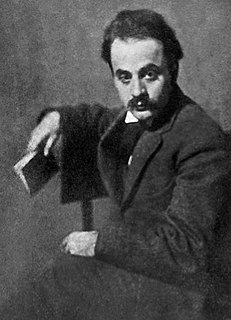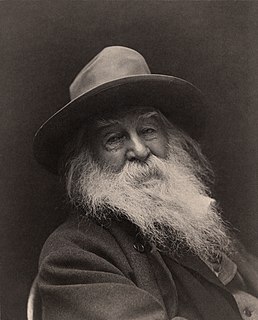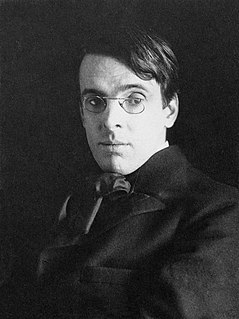Ein Zitat von Edward Hirsch
Kunstwerke imitieren und provozieren andere Kunstwerke, der Prozess ist die Quelle der Kunst selbst.
Themen zitieren
Verwandte Zitate
Antike Kunst hat einen spezifischen inneren Inhalt. Kunst hatte einst den gleichen Zweck wie Bücher heutzutage, nämlich Wissen zu bewahren und zu vermitteln. Früher schrieben die Menschen keine Bücher, sondern ließen ihr Wissen in Kunstwerke einfließen. Wir würden in den uns überlieferten Werken der antiken Kunst sehr viele Ideen finden, wenn wir nur wüssten, wie man sie liest.
Kunst ist nichts Greifbares. Wir können ein Gemälde nicht „Kunst“ nennen, wie die Wörter „Artefakt“ und „künstlich“ andeuten. Das geschaffene Ding ist ein von der Kunst geschaffenes Kunstwerk, aber selbst keine Kunst. Die Kunst bleibt im Künstler und ist das Wissen, durch das Dinge geschaffen werden.
Sind Sie dadurch zu dem Schluss gekommen, dass Fotografie eine Kunst ist? Oder ist es einfach ein Mittel zur Aufnahme? „Ich bin froh, dass Sie das gefragt haben. Das wollte ich schon seit Jahren sagen. Ist Kochen eine Kunst? Ist Reden eine Kunst? Ist sogar Malen eine Kunst? Es ist die Kunstfertigkeit, die Kunst ausmacht, nicht das Medium selbst. Natürlich Fotografie ist eine Kunst – wenn sie in den Händen von Künstlern liegt.“
Bildende Kunst, die nur für sich existiert, ist Kunst im Endzustand der Ohnmacht. Wenn niemand, auch nicht der Künstler, die Kunst als Mittel zur Kenntnis der Welt anerkennt, dann wird die Kunst in eine Art Rummelplatz des Geistes verbannt und die Verantwortungslosigkeit des Künstlers und die Irrelevanz der Kunst für das tatsächliche Leben werden zum integralen Bestandteil der Kunst Ausübung der Kunst.
Kunst bringt die Leute dazu, zweimal hinzuschauen, und wenn sie dann das Bild betrachten, lesen sie vielleicht den Text darunter: „Kommen Sie zum Union Square, zum Antikriegstreffen am Freitag.“ Seitdem bin ich der Meinung, dass Kunst ein Mittel zum Zweck und nicht nur ein Selbstzweck ist. In der Kunstschule wird uns immer beigebracht, dass Kunst ein Selbstzweck ist – Kunst um der Kunst willen, um sich auszudrücken, und dass das genügt.
Was unterscheidet ein Kunstwerk, auch wenn es auf dem Markt gekauft und verkauft wird, von …? . . reine Ware? Ein Kunstwerk ist ein Geschenk, keine Ware. . . Kunstwerke existieren gleichzeitig in zwei „Ökonomien“, einer Marktwirtschaft und einer Schenkwirtschaft. Allerdings ist nur eines davon wesentlich: Ein Kunstwerk kann ohne den Markt überleben, aber wo es keine Schenkung gibt, gibt es auch keine Kunst.




